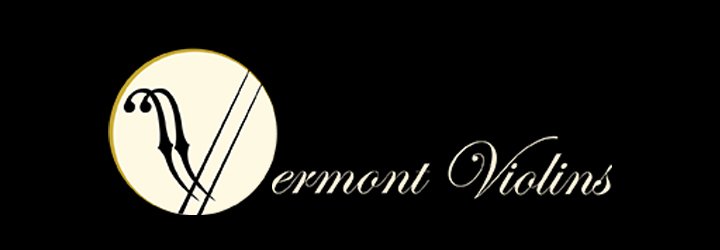Impact Of Weather On Your Instrument
Instrument Humidification
The weather in New England can fluctuate very rapidly. Both temperature and humidity can change on a dime. As bad as these changes can sometimes be for us, it can be even worse for stringed instruments. Violins, violas, ‘celli and basses are incredibly sensitive to humidity changes, more so than temperature. You know how the doors of your house swell in the summer and creak and crack in the winter? The same thing is happening to your instrument. Since your instrument is constantly under tension from the strings, getting too dry can lead to extreme (and expensive) damage.
Read More
Swiss Wood Solutions
Sonowood and the Search for Ebony Alternatives!
Sonowood is a wonderful alternative to the rare ebony in use on fingerboards, nuts and saddles. We are proud to be the North American importer of this fine material. It is at least as strong as ebony, visually beautiful and easy to work with. Ebony is a rare natural resource that needs to be protected. Finding natural alternatives, like Sonowood, should be a priority for violin makers and luthiers.
Read More
Instrument Seams
Why do seams open? What do I do if I have an open seam?
How do you know a seam has opened? Perhaps there was a “pop”, or your instrument started buzzing. Sometimes it is more obvious, like the large 4” gap between the back and the rib on the bottom of your cello. The seams are the equivalent of the canary in the coal mine for string instruments in the winter. They are the release valve that opens, hopefully, before the tension causes the top or back plate to crack.
Read More
Pernambuco vs. Carbon Fiber Bows
Pernambuco vs. Carbon Fiber Bows
What is the relationship between the bow and our instruments? Why do different bows make the instrument sound different? How do I choose the best bow in my price range? Should I try a carbon fiber bow as well as a Pernambuco bow?
Massimo Lucchi described the relationship between the bow and the violin this way: the bow produces the vibrations, the violin acts as an amplifier and transmits the vibrations. Coming from a bow making family, Massimo emphasizes the importance of the bow. Interestingly, professional players often converge with Massimo’s perspective over time, choosing an instrument and then a bow to develop the tone, dynamic range, and depth of the instrument.
Read More
LucchiMeter
History of the LucchiMeter
“I often happened to be working on two sticks that, when first examined, appeared to share the same characteristics, but ended up as bows with completely different qualities. This was the eternal dilemma – how to choose the most suitable wood.
They say that the famous violin makers of the past made great progress by noting that the speed with which wood propagated sound was a fundamental element in checking the quality of the sound.
For me, the only possible solution in those days was to travel all over Brazil with a friend and his son who lived there, or to go with Massimo to Germany…
Read More
When Should I Get My Instruments Checked?
Should I Have My Instrument Checked Up By a Luthier?
Have you ever: picked up your violin and thought: "you know, I used to really love this violin....I wonder why?" Chances are, the violin is out of adjustment.
As weather changes and humidity levels rise and fall, instruments start to change. Wood expands and contracts and as it does, the set ups, once perfect, not longer perfectly match the instrument and the tonal quality suffers.
Read More
Bow Rehair
When do I need to rehair my bow and why?
In general, we recommend a bow rehair every six months to a year, ideally at the beginning of the winter and summer. Rehairing maintains the physical condition of the bow and enhances playability. Bowhair is extremely responsive to humidity conditions. In fact, historically, bow hair was used on ships to monitor changes in the air’s relative humidity. The hair stretches in warm, moist weather and contracts in cold, dry weather. When we rehair a bow, it is difficult to find a length of hair that works for both extremes in our climate – we can have 80% relative humidity in the summer and 10% relative humidity in the winter. The hair can shrink as much as an inch going from summer to winter. For some bows, in particular “soft” bows, the sticks flex more when the hair length changes between seasons.
Read More
Importance Of Sound Post
Why does the sound post matter?
If you don’t like the weather, wait 10 minutes.
That can work if you’re hiking, but when you have three concerts on the weekend, the constant changes in temperature and humidity can drive you, and your instrument, crazy! Is it time to “adjust” the sound post?
The sound post plays an important role transferring the vibrations from the top plate to the back plate. The sound post is fit to both the back and top plates, and is precisely placed in a position relative to the bridge and the bass bar. Because the top plates and back plates are curved, the sound post will fit properly, with all points touching, in only a small area. To get the optimal sound, the sound post will have to fit properly, and be the proper length so the post puts enough pressure on the top and back plates to stay upright and support the softer spruce top.
Read More








